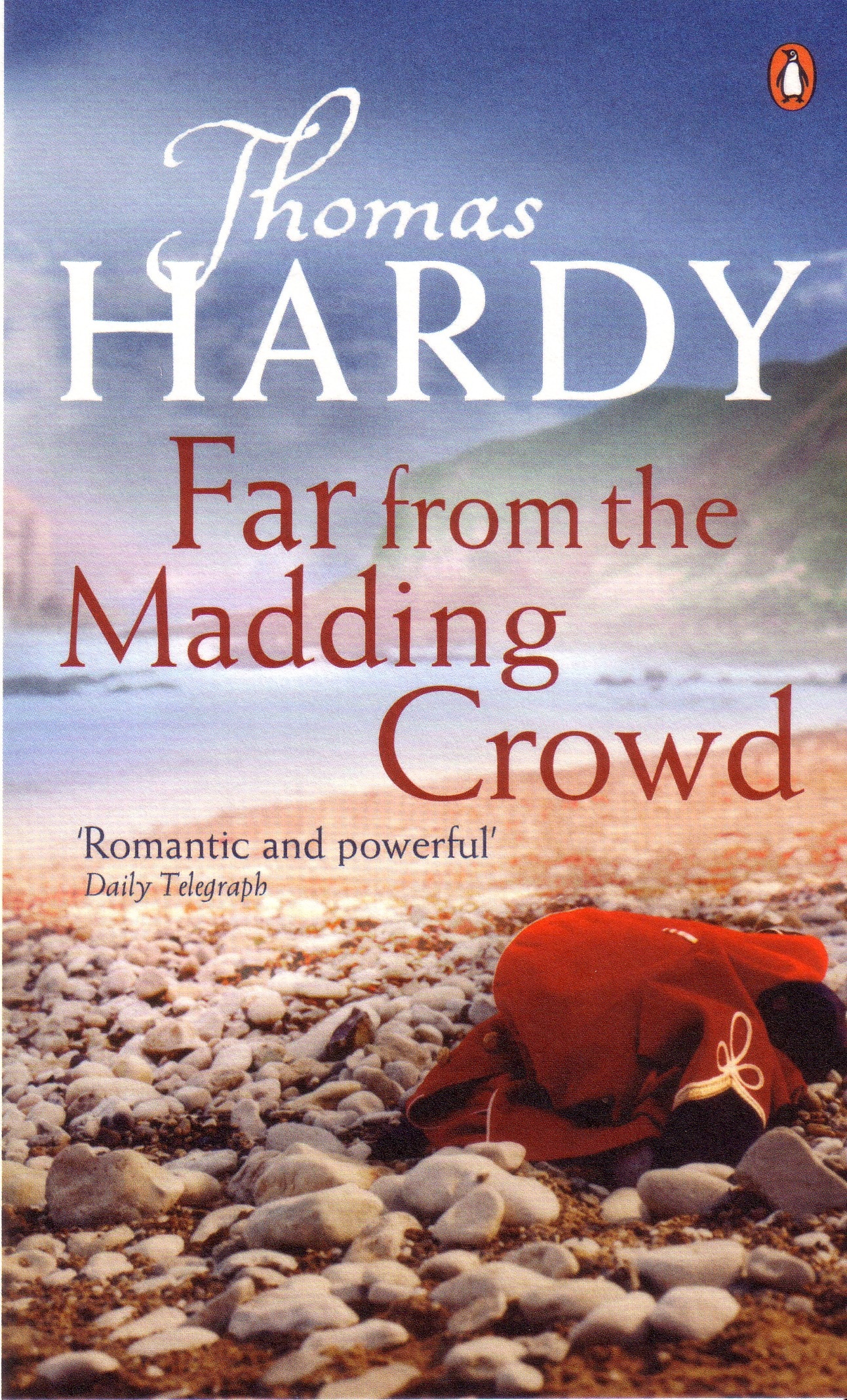

She uncovers her face and reveals herself to be none other than Bathsheba. When the veiled owner comes to thank him, he asks if she needs a shepherd. On his way, he happens to take note of a conflagrating fire on a farm, and leads the bystanders in putting it out. When he finds none, he heads to another such fair in Shottsford, a town about ten miles from Weatherbury. He seeks employment at a hiring fair in the town of Casterbridge. After selling off everything of value, he manages to settle all his debts but emerges penniless. An inexperienced new sheepdog has driven Gabriel's flock over a cliff, ruining him. When next they meet, their circumstances have changed drastically.

After a few days, she moves to Weatherbury, a village some miles off. However, when he makes her an unadorned offer of marriage, she refuses she values her independence too much and him too little. Over time, Bathsheba and Gabriel grow to like each other well enough, and Bathsheba even saves his life once. He falls in love with a newcomer eight years his junior, Bathsheba Everdene, a proud beauty who arrives to live with her aunt. With the savings of a frugal life, and a loan, he has leased and stocked a farm. The novel has also been dramatised several times, notably in the Oscar-nominated 1967 film directed by John Schlesinger. In 2003, the novel was listed at number 48 on the BBC's survey The Big Read, while in 2007, it was ranked 10th on The Guardian 's list of greatest love stories of all time. Hardy revised the text extensively for the 1895 edition and made further changes for the 1901 edition. On publication, critical notices were plentiful and mostly positive. It describes the life and relationships of Bathsheba Everdene with her lonely neighbour William Boldwood, the faithful shepherd Gabriel Oak, and the thriftless soldier Sergeant Troy. It deals in themes of love, honour and betrayal, against a backdrop of the seemingly idyllic, but often harsh, realities of a farming community in Victorian England. The novel is set in Thomas Hardy's Wessex in rural southwest England, as had been his earlier Under the Greenwood Tree. It originally appeared anonymously as a monthly serial in Cornhill Magazine, where it gained a wide readership. 464 pages (Harper & Brothers edition, 1912)įar from the Madding Crowd (1874) is Thomas Hardy's fourth novel and his first major literary success.


 0 kommentar(er)
0 kommentar(er)
